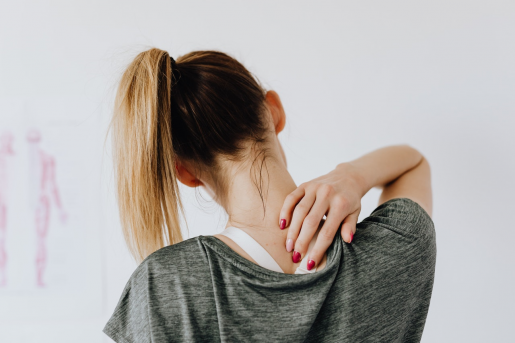Back pain myths: Fact or fiction?
Many often experience back pain or discomfort and struggle to change their daily routine to help alleviate the issue. The way you move, exercise or sit can all contribute to back discomfort.
Dr. Wyatt Kupperman, a spine specialist with the Baylor Medicine Spine Center, answers common questions surrounding myths about back pain and discomfort.
Q: Is sitting up straight best for your back to avoid back pain?
A: Generally, a slouched posture can lead to some discomfort with prolonged sitting. With sitting, one needs to find the proper position between their pelvis and low back curvatures that does not cause strain. The positions may be slightly different for each person.
Q: When it comes to lifting heavy objects, can the weight of the object or the way you carry it affect your back?
A: Sometimes, both can affect the back and cause pain. There are times when one may hurt their back lifting a heavy object – or, at times, patients report they experience excruciating pain by slightly leaning forward at their lumbar spine. Lifting objects away from the body can increase the sustain load on the spine. I recommend lifting objects near the center of the body with force generated through the hips and not through the spine.

Q: Is it best to use ice or heat for injuries?
A: With acute inflammatory injuries, ice may be considered more preferable than using heat. Theoretically, heat may allow further inflammation to occur in this setting.
Heat is often used to help “warm up” muscles in therapy or activity. Some prefer heat for chronic conditions.
Q: Is exercise good for back pain?
A: It all depends on where one is with their back problem and on the road to recovery. As acute pain subsides, one needs to work on functional stability to perform tasks pain free. Therapy can be quite helpful during this phase, with a gradual return to other exercises.
Aerobic programs, such as walking, are encouraged most days of the week. I suggest walking for a specific time and distance prior to symptom onset. Take a short break and continue with further trials. Try to avoid increasing the pain during activities.
Q: Is a firm or plush mattress best for your back?
A: You need a mattress that will contour the body and provide relatively neutral alignment. If you are waking up in pain after sleeping in the morning, I would check the mattress.
Q: When should I see a surgeon for back pain?
A: If you’ve sustained an injury, you should be formally evaluated by a professional. Muscle strains or ligament sprains (also known as soft tissue injuries or myofascial injuries) often heal with time. Some disc herniations can heal with time and conservative nonsurgical treatment. Most back pain improves over ensuing months.
If one endures significant trauma, neurologic deficit or impairment related to the injury, surgery may be an option. Spinal instability could also warrant surgical intervention.
Q: Does sitting for long periods cause back pain?
A: Depending on the posture, sitting can increase symptoms and low back strain. For example, there can be increased pressure on intervertebral discs that can lead to increased symptoms, as the sitting position may cause some spinal flexion. People with coccydynia, or tailbone discomfort, often complain that sitting causes pain.
The sacroiliac joint is a joint made up of the sacrum and pelvis. Someone with sacroiliac issues may have some discomfort with sitting.
Lastly, ischial bursitis, inflammation around the ischium (sit bone), can be a potential cause of posterior hip and gluteal pain and can be more discomforting with prolonged sitting.
Dr. Kupperman is an assistant professor of physical medicine and rehabilitation at Baylor. Learn more about the Baylor Medicine Spine Center or call 713-798-2225 to schedule an appointment.
-By Homa Shalchi



